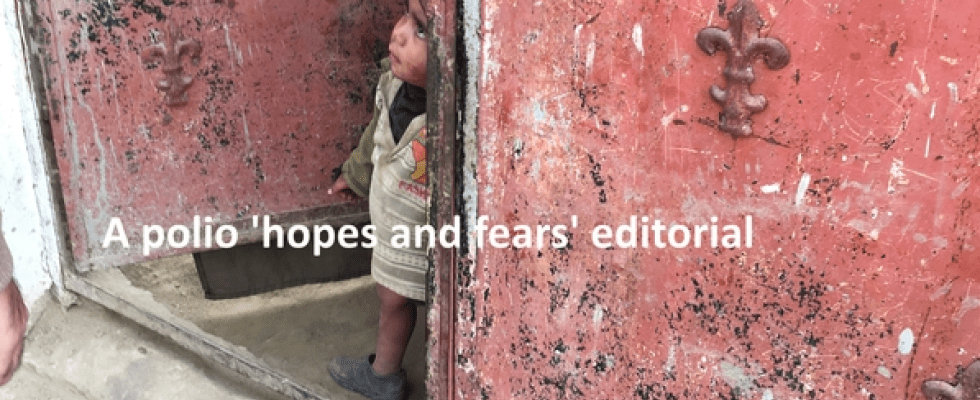(P&P blogs) It has become commonplace to talk about nearing the "finish line" on polio eradication, but critical challenges remain along the last mile. Courageous vaccinators confront a varied array of daily challenges and threats. Anti-vaxxers scare away vulnerable parents and families with disproven claims about links between vaccines and autism, leading to serious recent measles outbreaks in Italy and Romania, among theme park vacationers in California, and among Somali-Americans in Minnesota. Russian media groundlessly blame the neuromuscular disorder that keeps their country's 2017 Eurovision contestant in a wheelchair on the polio vaccine she received as a child. And although bipartisan support on polio remains solid in the United States, financial and technical support to other key global health initiatives is in question.
Yet glimmers – beacons, even – of hope crop up in some of the most unlikely places. One of those is today's Ukraine. In the summer of 2015, Ukraine burst onto the global polio landscape with two cases of vaccine-derived poliovirus in a western province closer to seven other European capitals than its own, Kyiv. A perfect storm of catalyzing factors had been producing increasingly desperate warnings for almost a decade from those who were paying attention. State financing for vaccines was inadequate and mistimed. The May 2008 bacterial meningitis death of a teenager in Donetsk was (wrongly) blamed on his recent vaccination for measles and rubella; the anti-vaccine sentiment that emerged was stoked by sensational news and social media, leading to a health ministry moratorium on vaccine distribution and the firing of the country's chief sanitary inspector. Health professionals grew increasingly skittish, on the hook for potential criminal prosecution in case of adverse events following immunization. Parents lost confidence in the entire system. Not surprisingly, vaccination rates plummeted, from near full compliance in the early 2000s to below half in 2013. Polio vaccines reached only 14% of infants in the first half of 2014. […]
Read More © Policy and Practice Blogs











